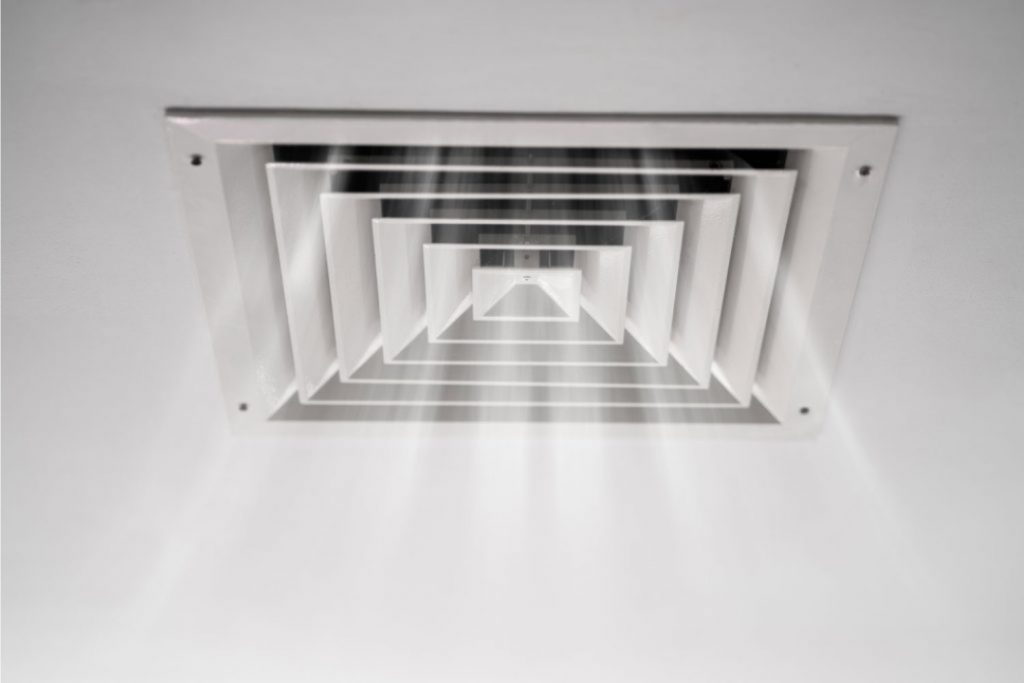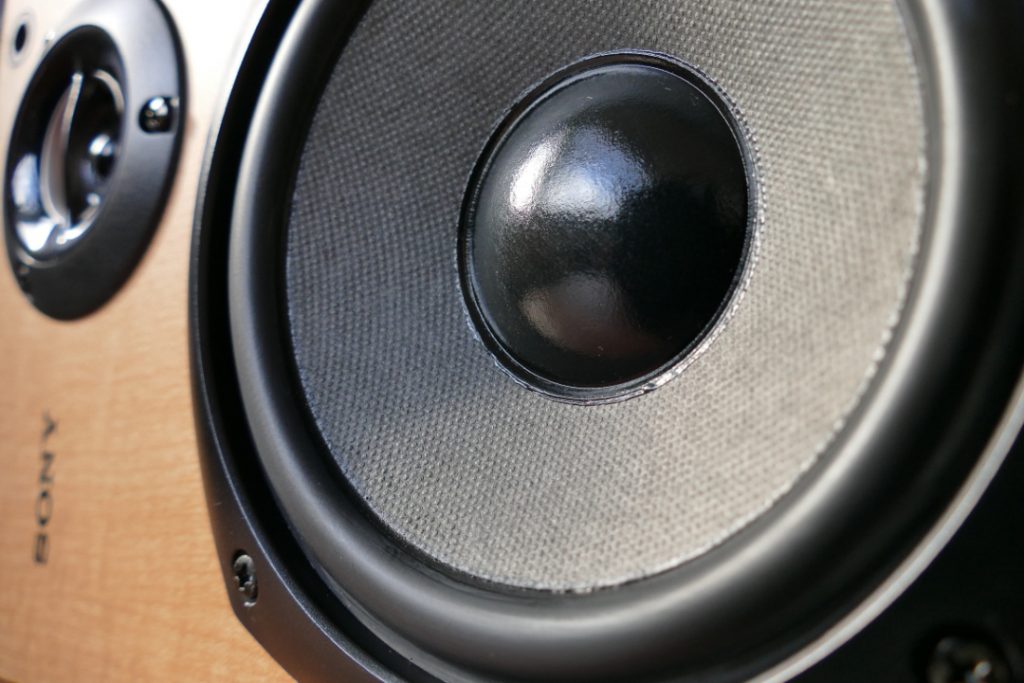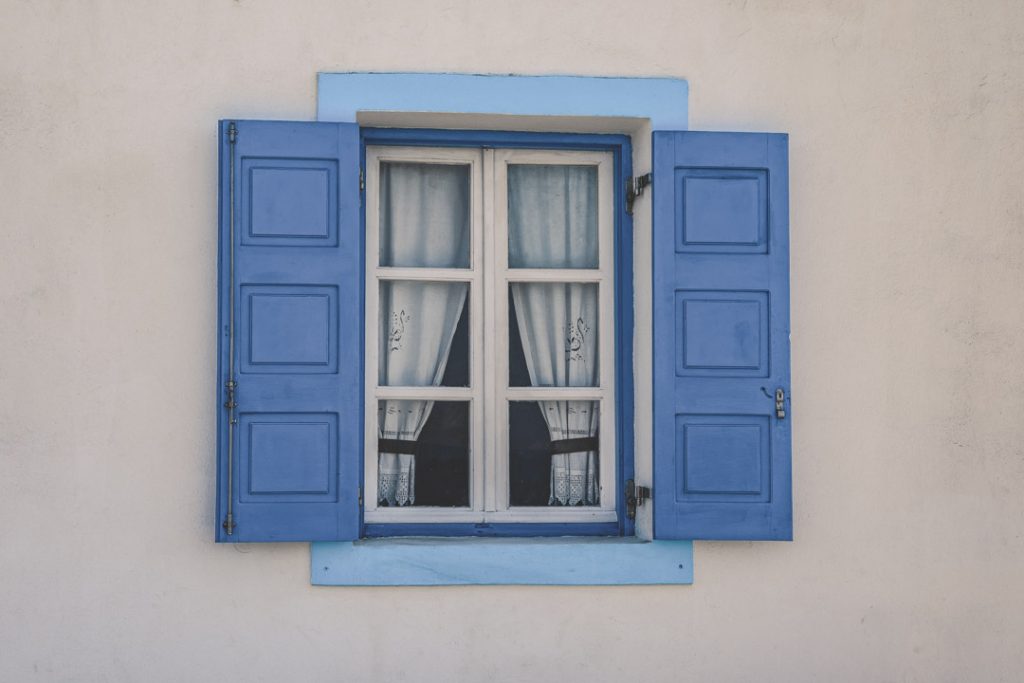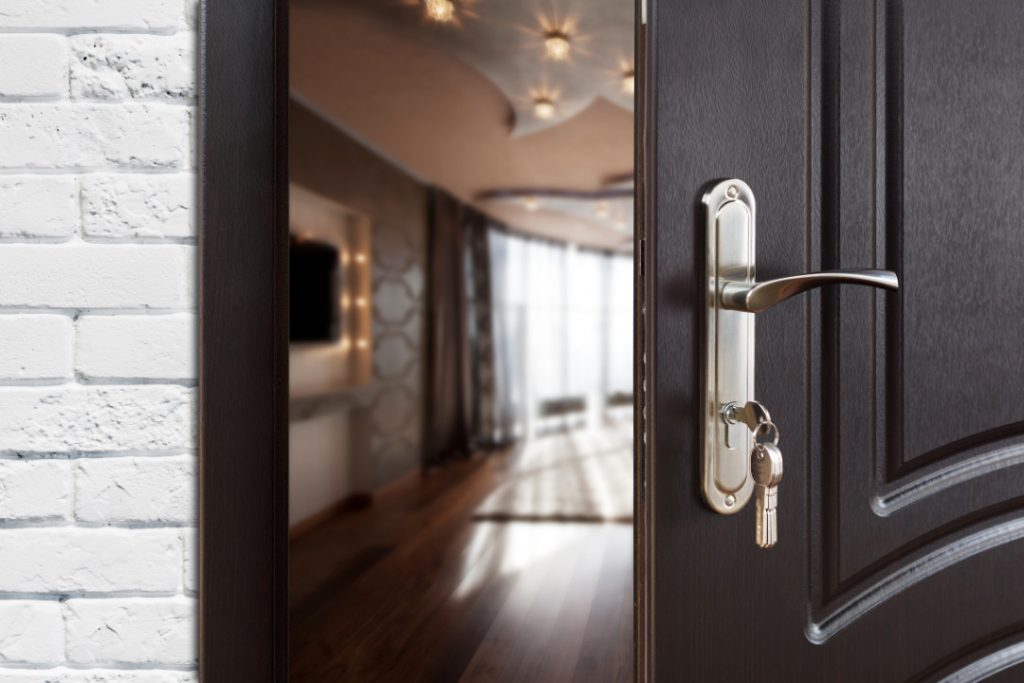This blog post is centered on how to soundproof air vents: a complete guide. A soundproofing project can be a daunting task, but it’s important to consider the entire system – not just the HVAC system or the windows. You’ll want to address all potential sources of unwanted sounds, including air vents, door vents, curtain rails, and even floorboards.With a little planning and the right materials, you can achieve complete soundproofing for your home.
Air vents are one of the most common sources of unwanted noise in the home. If you can’t completely block the air vent, you can create a sound maze to direct the airflow and reduce noise. Begin by covering the air vent with an acoustic sealant. Then, glue acoustic foam to the wall around the air vent, making sure to create a tight seal. Next, build a soundproof air vent cover by attaching flexible ducts to a wooden frame. Cover the ducts with acoustic foam, and then attach the cover to the wall with screws. Finally, insert a piece of a flexible duct inside the air vent to completely block the opening.
How To Soundproof Air Vents
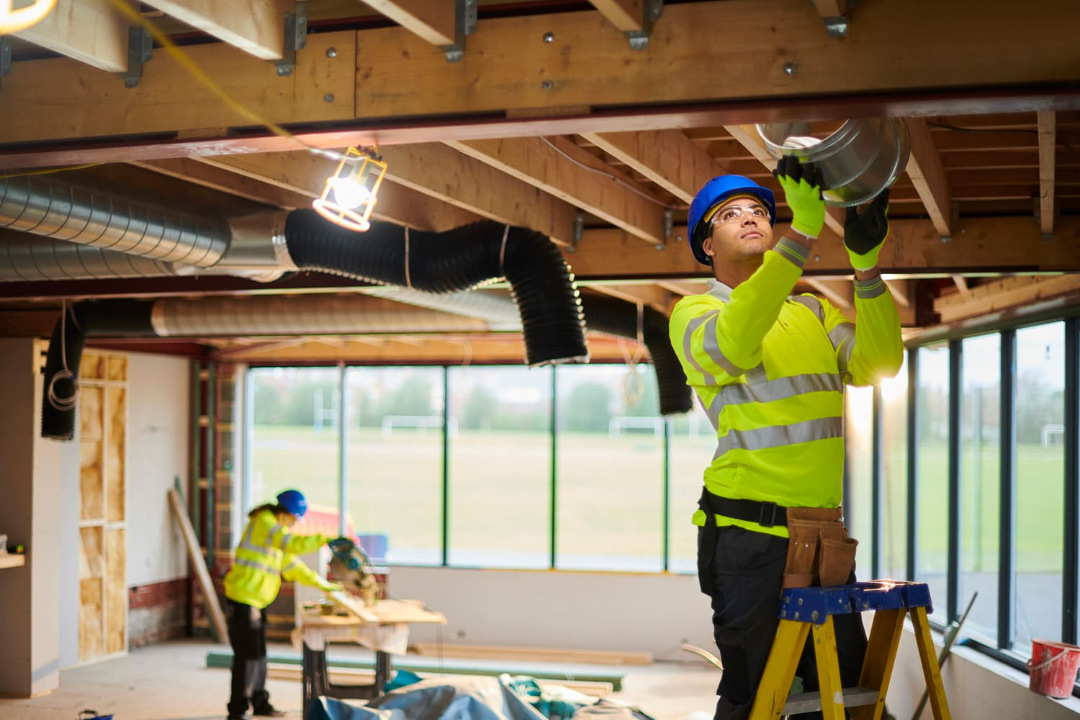
There are many ways that you can soundproof air vents, depending on the type of vent and the level of noise reduction you need. Here are some ways to soundproof air vents:
1. Use acoustic foam:
Acoustic foam is a great way to soundproof an air vent. This is a popular option for soundproofing air vents, as it effectively absorbs sound waves. You can glue acoustic foam to the inside of vents using green glue or another adhesive.
2. Line vents with duct liners:
Duct liners help to reduce noise by blocking airflow and absorbing sound vibrations. They are available at most local hardware stores.
3. Install soundproof air vents:
These special air vents have been designed to reduce noise by deflecting sound waves away from the opening. They can be installed in place of standard vents.
4. Create a sound maze:
Sound mazes are created by walls that reflect and redirect sound waves. You can create a sound maze by lining vents with acoustic foam or other sound-absorbing material.
5. Use flexible ducts:
Flexible ducts are an effective way to block airflow and reduce noise. They can be used in place of standard ducts, or they can be inserted into existing ducts.
6. Door Air Vent:
A door air vent is a great way to soundproof an air vent.
7. HVAC Ducts:
HVAC ducts are another great way to soundproof air vents. By using duct liners, you can reduce the noise that comes through the vents by up to 95%.
8. Magnetic Vent Cover:
A magnetic vent cover is a great way to reduce noise from an air vent.
9. Flexible Duct Inside:
A flexible duct inside an air vent can help to reduce noise.
10. Use sound-absorbing material:
This is one of the most effective ways to soundproof your air vents. You can use acoustic sealant, acoustic foam, or other sound-dampening and sound-absorbing materials to create a barrier that will block the noise. Sound baffles are special acoustic materials that can be used to reduce noise.
11. Create a sound maze:
Another effective way to soundproof your air vents is to create a sound maze, thereby completely blocking unwanted sounds.
12. Use non-HVAC vents:
You can also use non-HVAC vents to soundproof your air vents.
Air Vent
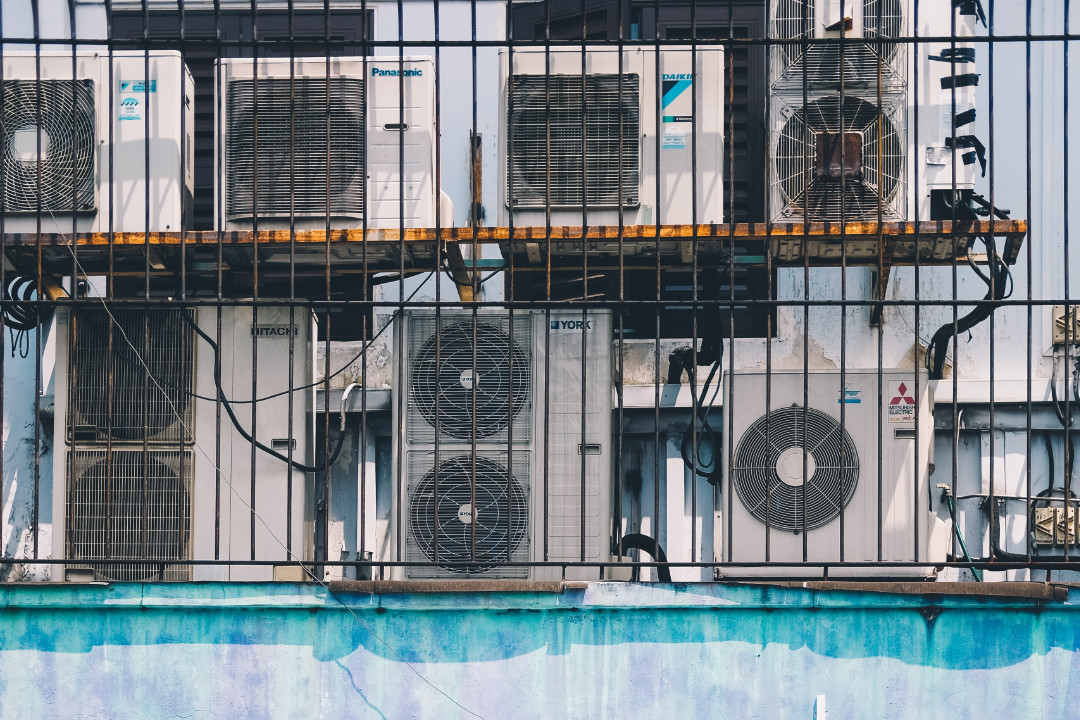
Air vents are often necessary for proper ventilation and air circulation, but they can also be a major source of noise pollution. Fortunately, there are several ways to soundproof an air vent and reduce the amount of noise that it produces. One option is to create a sound maze inside the air vent. This can be done by lining the walls of the vent with acoustic foam or another sound-absorbing material. You can also glue flexible ducts inside the air vent to help deflect sound waves and reduce noise. Another option is to install a sound baffle inside the noisy air vent. This will absorb sound vibrations. It will help deaden sound energy and prevent it from being heard outside of the vent. Finally, you can cover the air vent with a thin layer of acoustic foam or another soundproofing material. This will help to reduce the amount of noise that is produced by the airflow.
Sound Maze
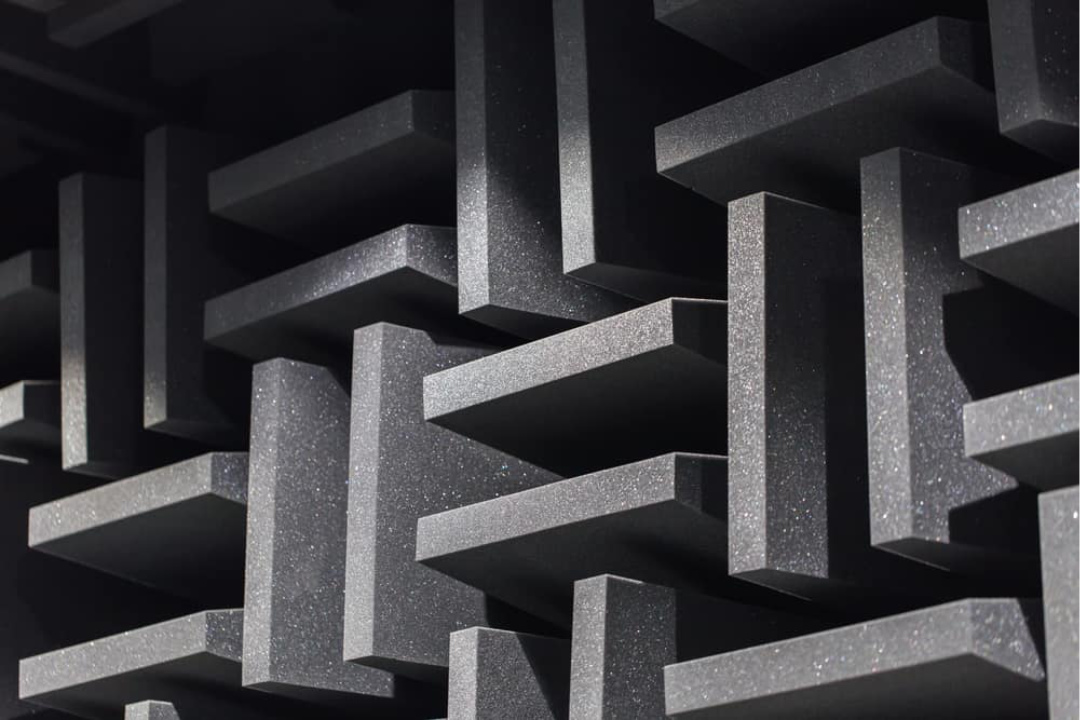
A sound maze is a type of soundproofing material that helps to reduce noise by blocking airflow and absorbing sound vibrations. Sound mazes are made from a variety of materials, including foam sealant, acoustic sealant, and soundproofing foam. They are often used in conjunction with other soundproofing materials, such as door seals and window inserts. An air vent sound maze can be purchased at most local hardware stores. Most modern systems use a curtain rail to allow for easy installation and removal. Sound maze walls are an effective way to reduce noise, but they can be expensive.
Some people prefer to use other soundproofing materials, such as door air vents, vent covers, or acoustic felt. Others choose to use sound baffles or sound dampening curtains. Sound mazes are not the only option for reducing noise. Many other Soundproofing projects can be undertaken to reduce unwanted sounds. These include installing door seals, window inserts, or acoustic felt; using glue acoustic foam; or completely blocking an air vent with an air vent cover.
Soundproofing materials can also be used to reduce noise coming from an air conditioner, furnace, or other HVAC systems. Acoustic sealant and duct liners can be used for air conditioning and sound reduction.
Conclusion
Sound waves are created by vibrations that travel through the air, and they can cause a great deal of disturbance in your home. Mold growth can be encouraged by more noise, as it feeds off of the vibrations caused by sound. Additionally, blocking airflow in your home can create an environment that is conducive to mold growth. Sealing gaps and cracks with foam sealant can help to reduce unwanted noises, allow decent airflow, and make your home more energy-efficient.
Soundproofing your home can also help to reduce utility bills, as it helps to keep air from escaping. There are a variety of soundproofing materials available at your local hardware store, and you can find several ways to use them in your home. For example, you can use them to create soundproof walls or to seal noisy air vents. Soundproofing your entire home is a big project, but even small changes can make a big difference in the amount of noise you hear. Acoustic sealant can be used to completely block out sound, and it is an effective way to reduce noise coming from windows, doors, and noisy air vents.

